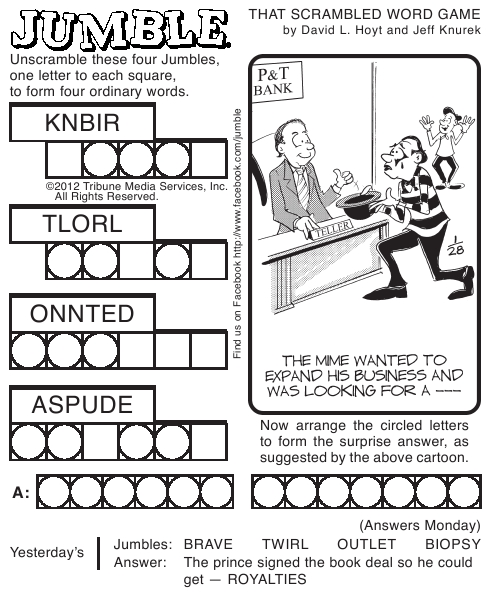At one point or another, we’ve probably been emailed the following:
Aoccdrnig to a rscheearch at Cmabrigde Uinervtisy, it deosn’t mttaer in waht oredr the ltteers in a wrod are, the olny iprmoetnt tihng is taht the frist and lsat ltteer be at the rghit pclae. The rset can be a toatl mses and you can sitll raed it wouthit porbelm. Tihs is bcuseae the huamn mnid deos not raed ervey lteter by istlef, but the wrod as a wlohe.
While there wasn’t a published paper on the topic from Cambridge University, Graham Rawlinson from Nottingham University did write his PhD Thesis on “The Significance of Letter Position in Word Recognition” in 1976. He tested a lot of different things such as replacing letters with their mirror images, reversing the letter order of words, reversing the word order of passages, keeping the first two and last two characters fixed while mixing the inner characters, and substituting letters with other ones that may or may not be similar. The results generally showed that it is possible to guess words with incomplete information, and humans are better at guessing the words if only the middle letters have been rearranged. This last part makes a lot of sense if you’ve ever tried to do a Jumble in the newspaper; the whole point is that it’s hard to unscramble words.
How does the trick work? First, note that the text is written in lowercase for the most part. In 1955, Miles Tinker found that reading lowercase text was more legible than all-capital text because of the “characteristic words forms furnished by this type.” Building on this work and scientific studies conducted from 1982 to 1990, Colin Wheildon explains “When a person reads a line of type, the eye recognizes letters by the shapes of their upper halves.” Looking at the shapes of the words, most letters are either switched with letters of the same height (like in “wlohe”) or only offset by one character (as in “ltteer” where tt has been shifted to the left by one character).
The next important point is how much the inside of the words have been jumbled. Two and three letter words cannot be jumbled and four letter words can only have their inside letters swapped. It’s only when we reach five letter words and beyond that we can sufficiently scramble the words to hide their meaning. Here are a few examples from Posit Science:
As soon as the longer words have their letters randomly distributed, it’s very hard to decipher what they say. Assigning one point for each place a letter has moved, the harder scrambled words have scores of 16, 18, and 20 compared to 8, 4, and 8 respectively. This small amount of randomization is easy enough for us to overcome, especially when compared to how the words could have been written.
When reading we also gain context from the sentence as a whole and can infer the meaning of words without knowing what they are. In the third sentence, “The rset can be a toatl mses and you can sitll raed it wouthit porbelm,” 8 of the 15 words are unscrambled giving us ample context. This might be a point we miss as they’re all function words (words that join together the important nouns, verbs, adverbs, and adjectives that give the sentence its substance) which we tend to ignore when reading. Further, while total is rearranged to toatl it retains its overall sound, which is another piece of information we use when reading.
The final issue with the theory is with words that can be rearranged into multiple other words. For example, salt can be rearranged as slat, but these words were avoided in the passage lest the effect be ruined. Clive Tooth has found a wonderful example of this in the following sentence:
“The sprehas had ponits and patles”
There are multiple rearrangements possible here including:
- The sherpas had pitons and plates.
- The shapers had points and pleats.
- The seraphs had pintos and petals.
- The sphaers had pinots and palets.
- The sphears had potins and peltas.
In summation, this hoax is similar to writing a paragraph missing that fifth symbol: it’s a pain to concoct but it only slows you down slightly to turn words into conclusions. As a bonus point, grammar is missing in parts such as “According to a research at…” and a word or two don’t unmix rightly such as “rscheearch” to “research” and “iprmoetnt” to “important”. Additional data by a PhD linguist is at this URL: http://www.mrc-cbu.cam.ac.uk/people/matt.davis/Cmabrigde/
Today’s Tangent: Jumble was created by Martin Naydel in 1954 and now appears in more than 600 newspapers daily worldwide. An unintended byproduct was a gameshow in 1994 where four contests would face off to solve jumbles in the fastest time possible. It was one of four game shows created by Wink Martindale and Bill Hilleir for the Family Channel. Jumble only lasted six months, twice as long as the short running Shuffle also created by the duo. None of the game shows were still being produced after 1994.


